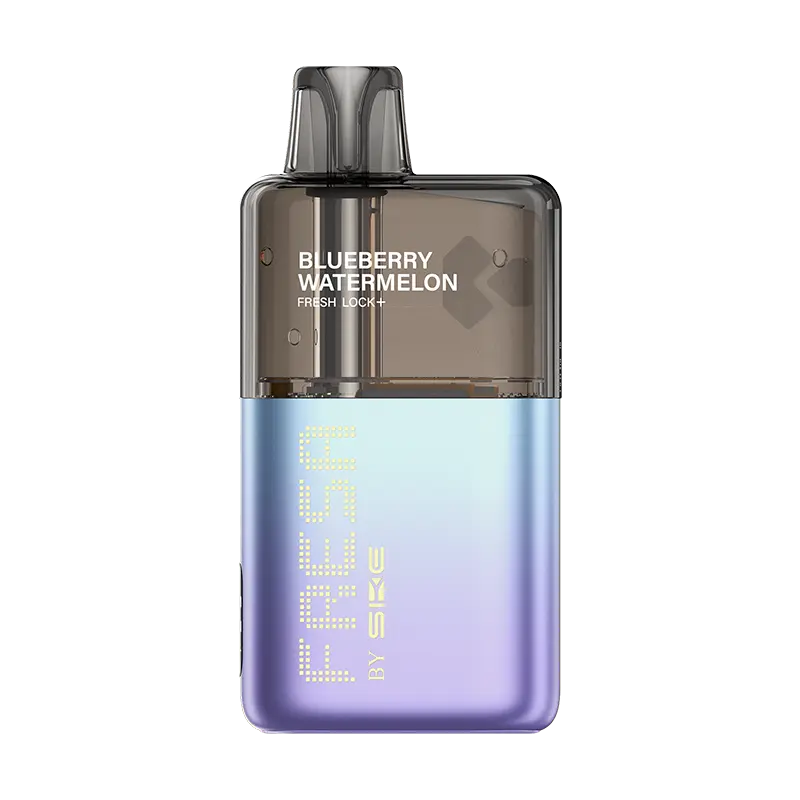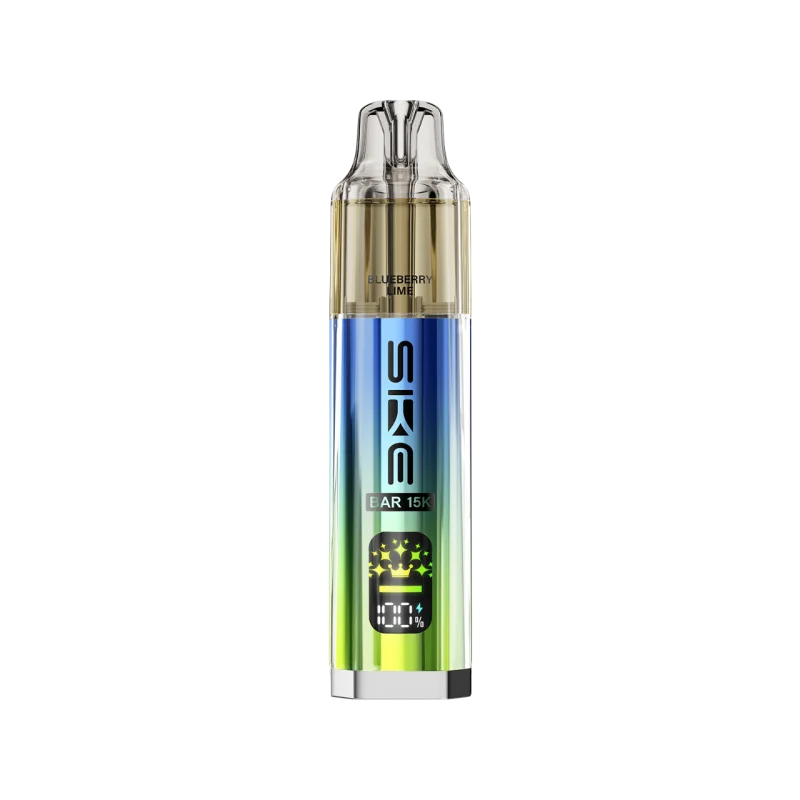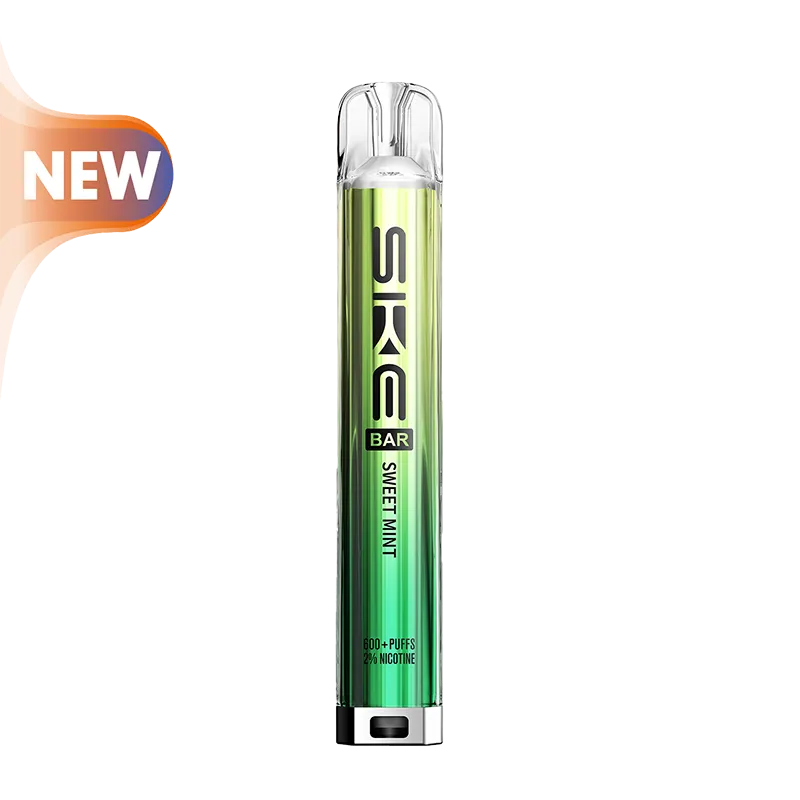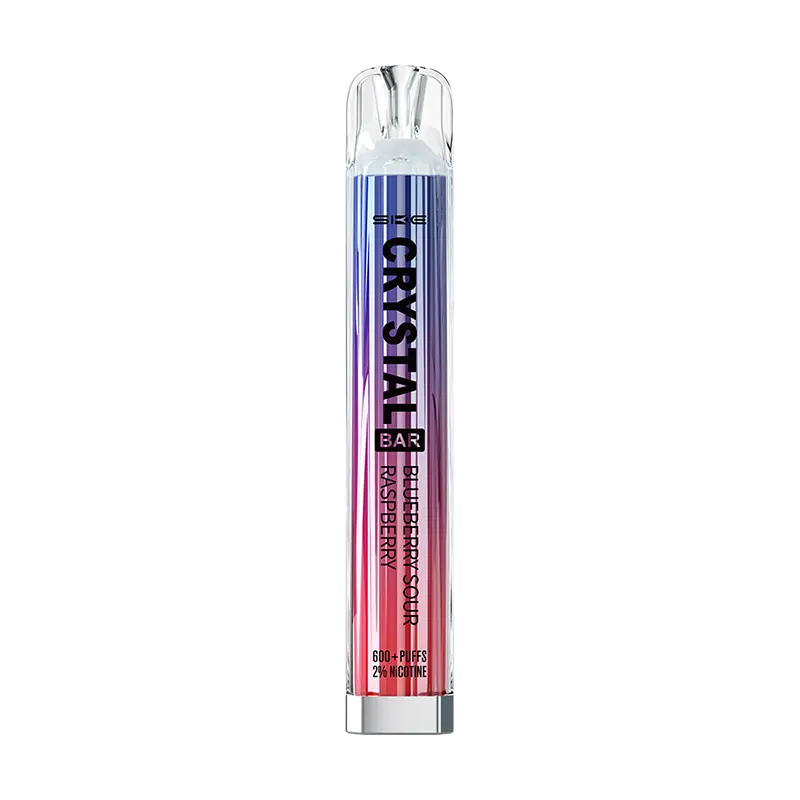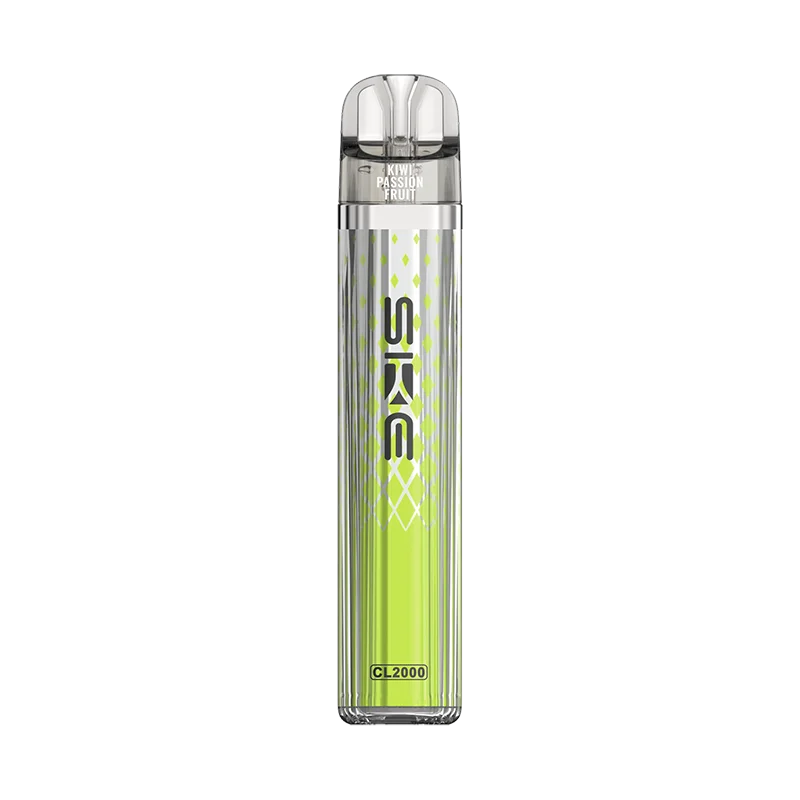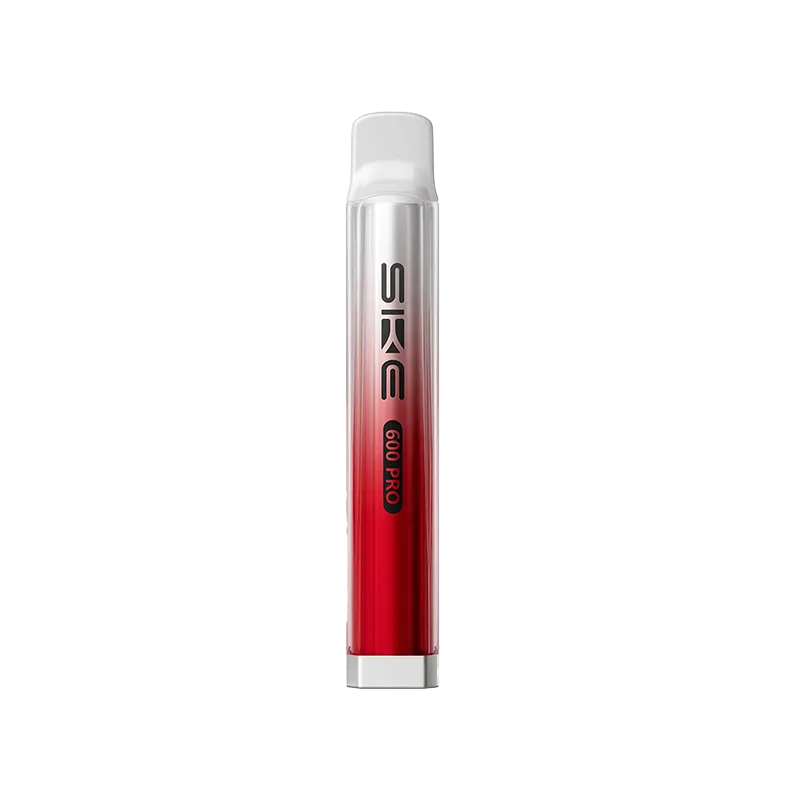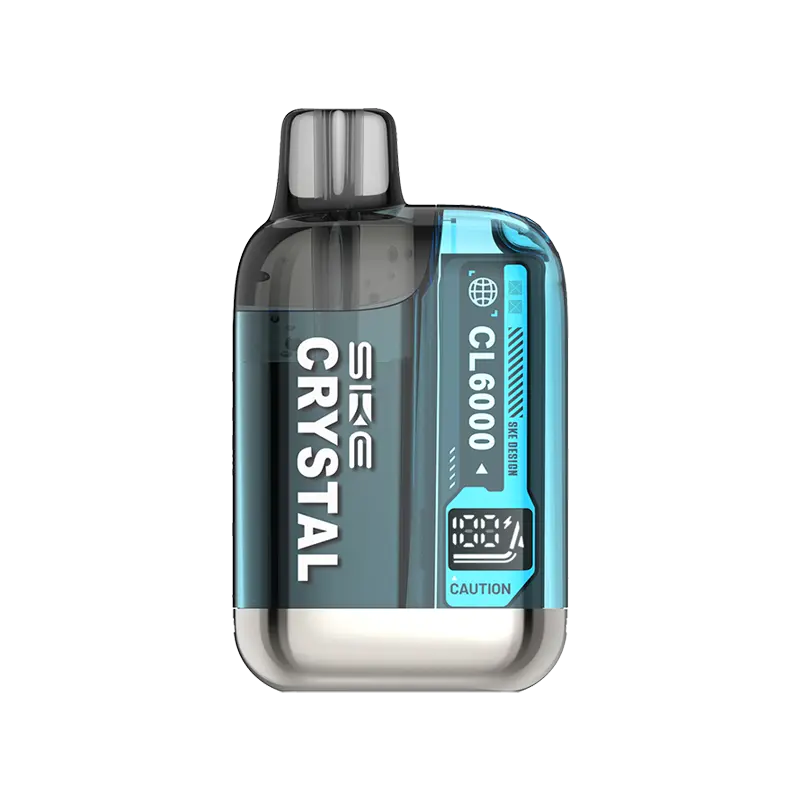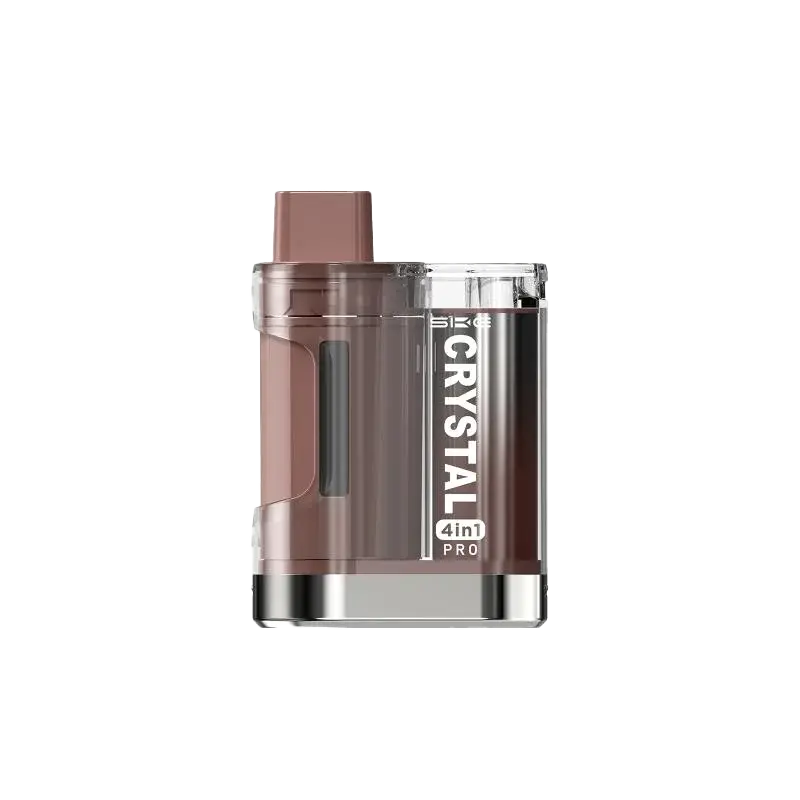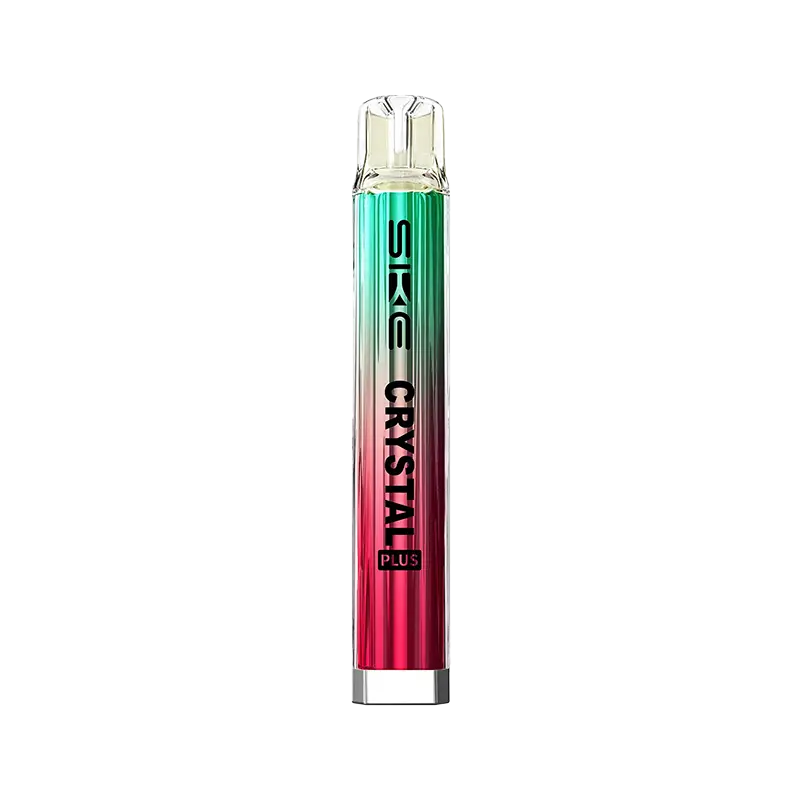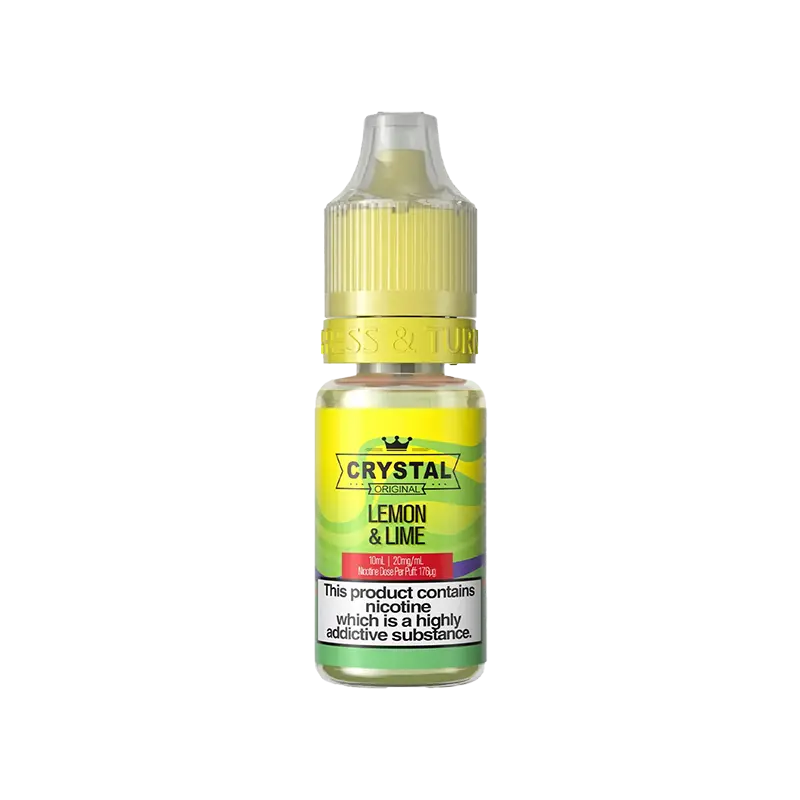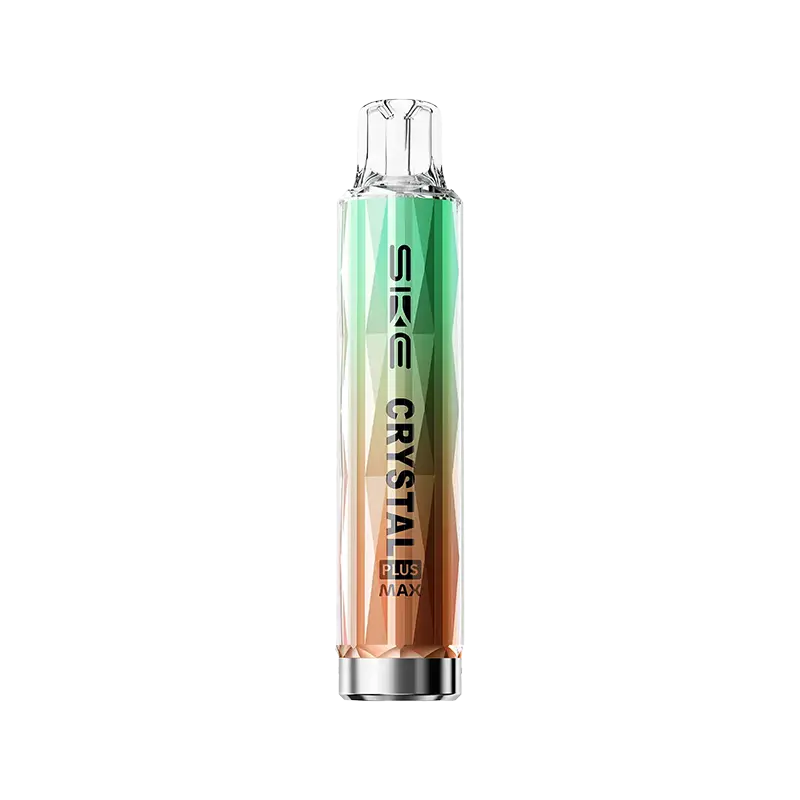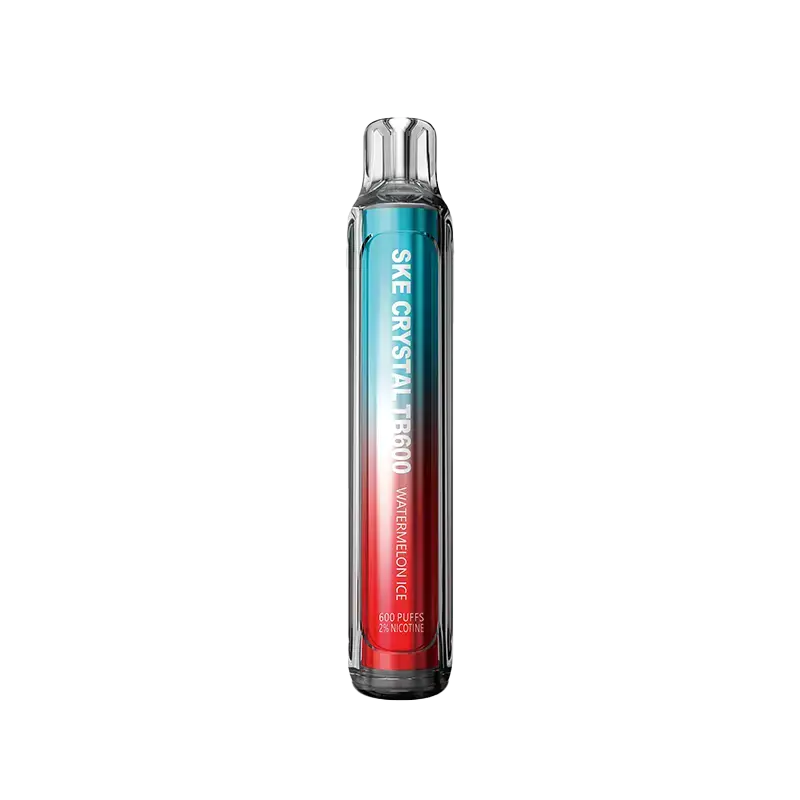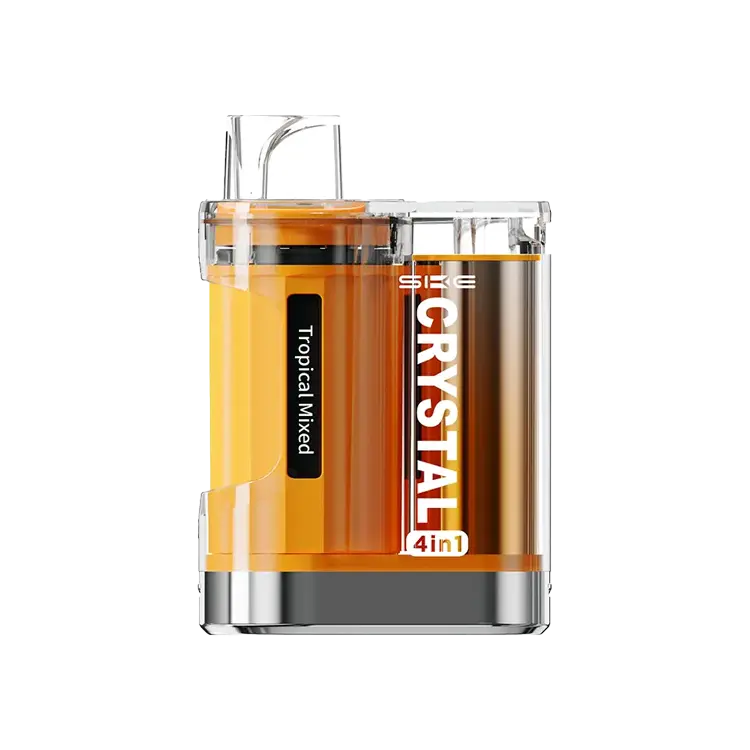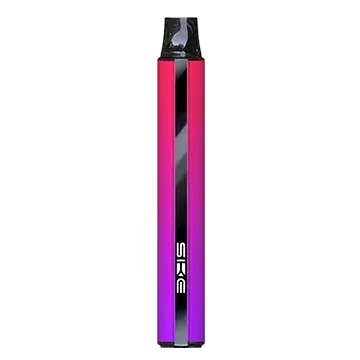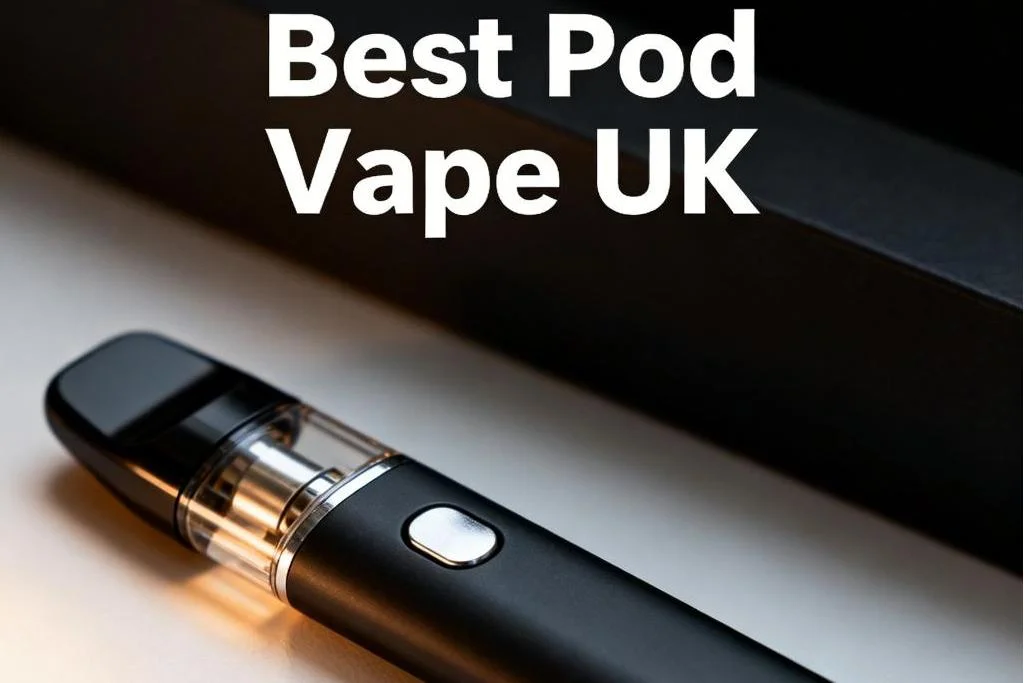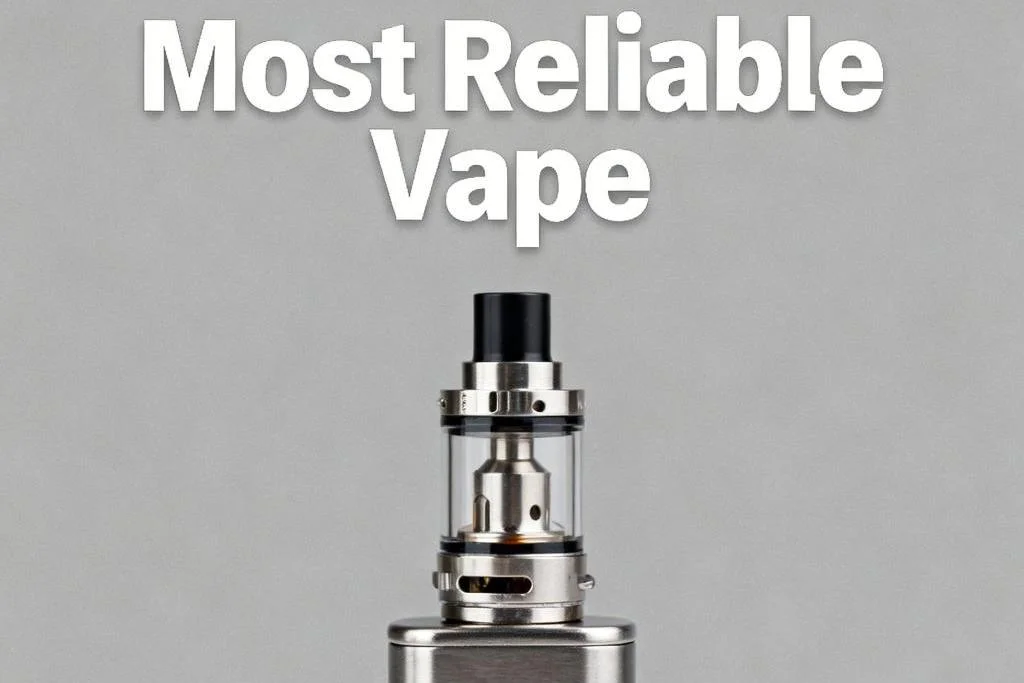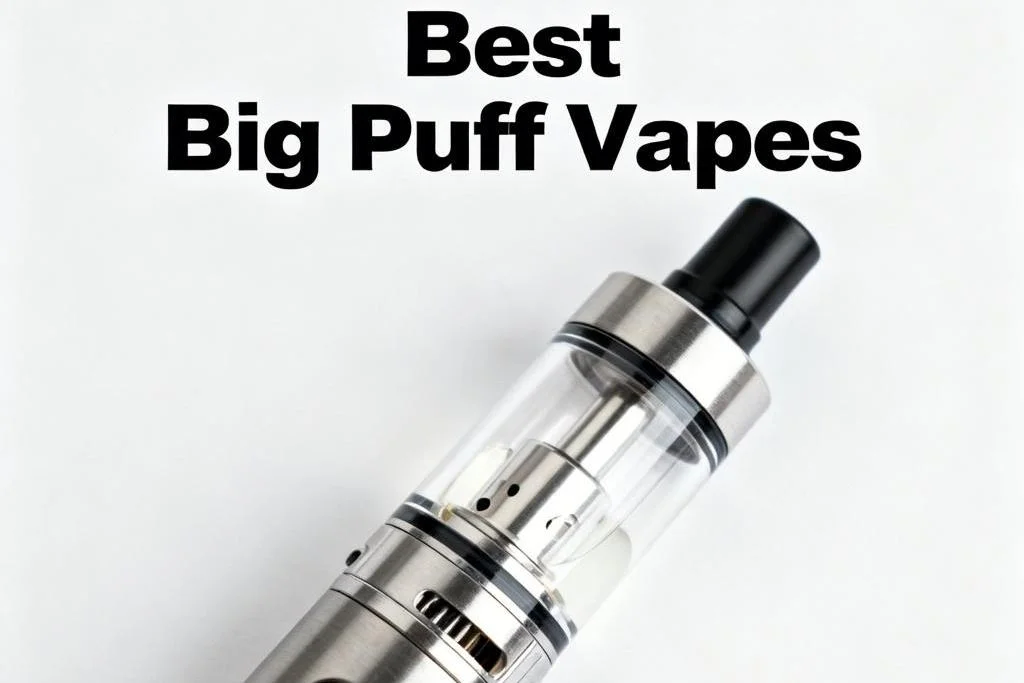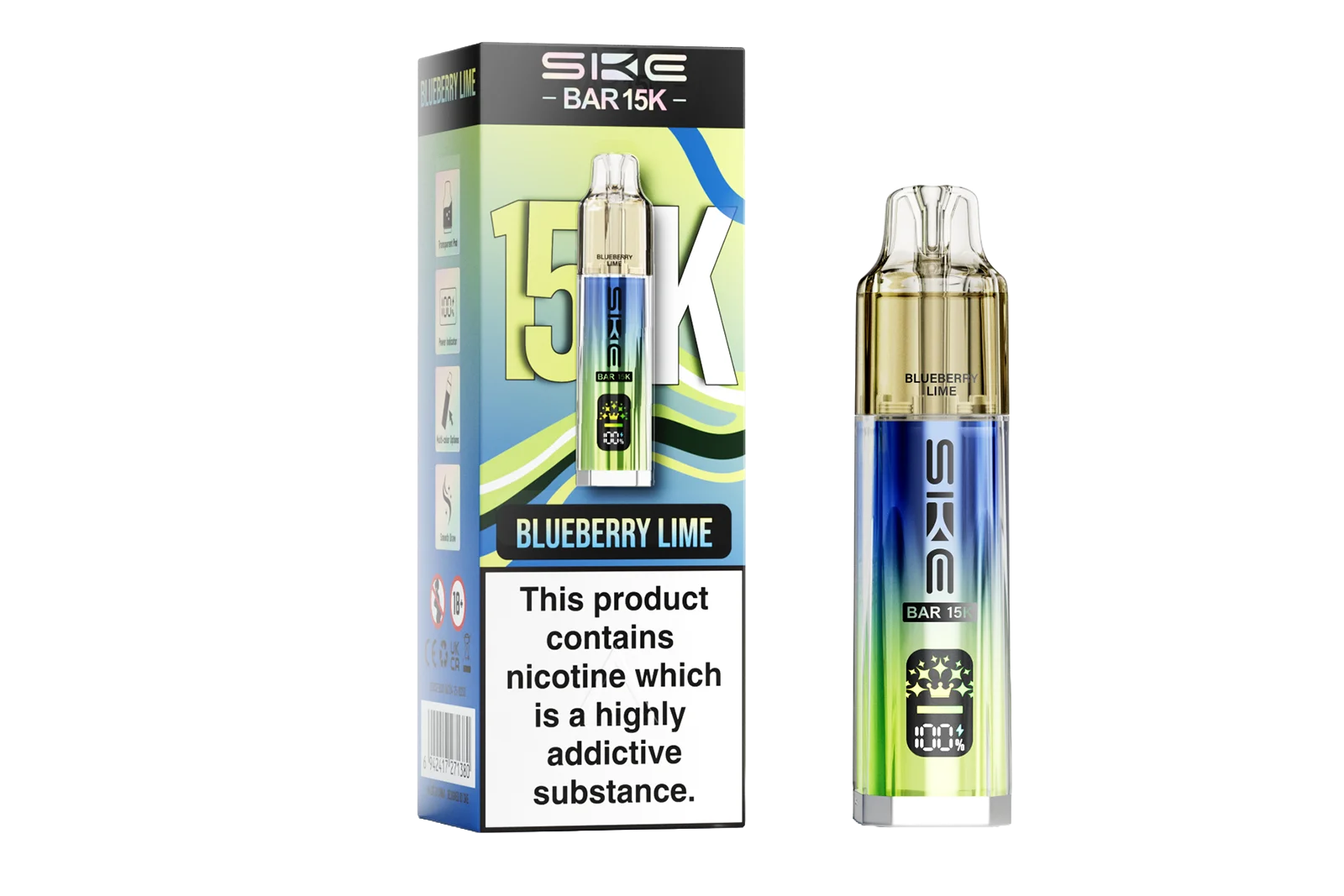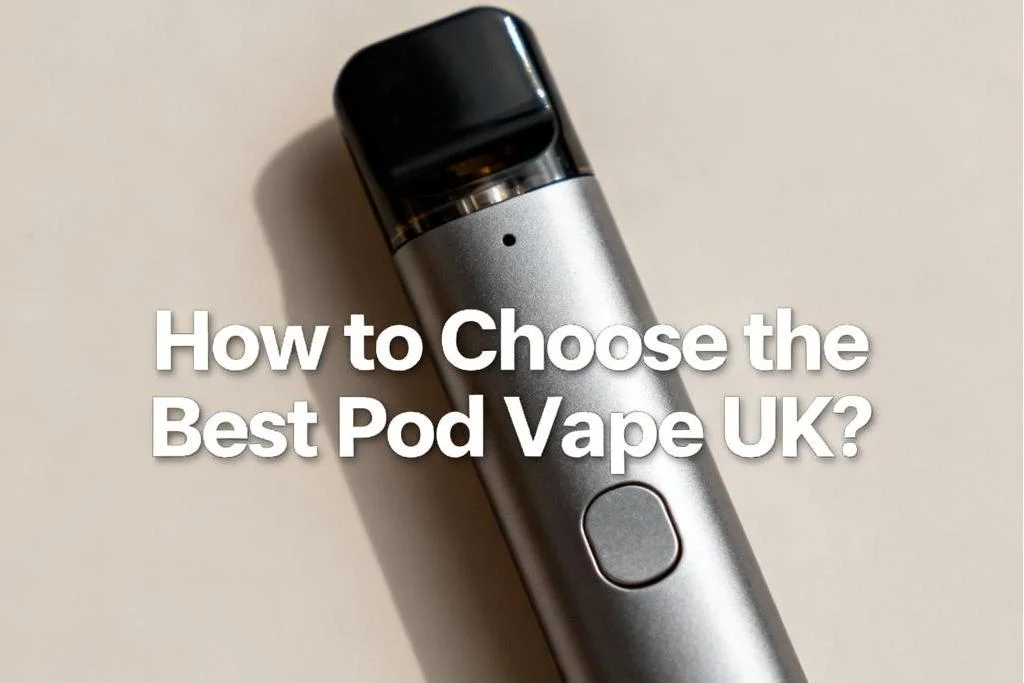CAN VAPE JUICE FREEZE? MYTHS, FACTS, AND STORAGE TIPS
The stability and quality of your e-liquid can greatly affect the vaping experience in the vaping world. A common question that often bubbles up among vape enthusiasts is, "Can vape juice freeze?" This query isn't just about understanding the physical properties of the e-liquid but also touches on the broader implications for storage and usability in varying climates. Join us as we uncover whether your favorite vaping liquid can withstand cold temperatures or if it gives into the frosty clutches of liquid freezing.

Does Temperature Affect Vape Juice?
Yes. Temperature does indeed affect vape juice, altering everything from its consistency to how well the flavors are expressed. Just as extreme heat can degrade the nuanced flavors and active ingredients of e-liquid, cold temperatures can similarly influence its viscosity and performance.
Vegetable glycerine is particularly sensitive to cold and thickens considerably, which can reduce the efficiency with which it is vaporized, potentially clogging the vaping device's coils and wicking system. Propylene glycol, on the other hand, is more stable under cooler conditions but still shows a noticeable increase in thickness as the mercury falls. Simultaneously, cooler temperatures can mute the flavors, making them less pronounced than at room temperature.
Does E-Cigarette/Vape Juice Contain Antifreeze?
This misconception stems from confusion over one of the primary ingredients in many vape juices: propylene glycol (PG). Propylene glycol is undoubtedly used in antifreeze formulations. Still, crucially, it's used because it is non-toxic and lowers the freezing point in a safer way than its toxic counterpart, ethylene glycol, which is also commonly used in antifreeze products.
However, the propylene glycol used in vape juice is pharmaceutical grade, considered safe for human consumption and commonly used in many food products, pharmaceuticals, and cosmetics. The function of PG in vape juices is to act as a carrier for flavor and to help produce the vapor when heated, not to prevent the liquid from freezing.
To be clear, the inclusion of propylene glycol in vape juice does not equate to having antifreeze in your e-cigarette. It is used within safe, regulated levels intended for inhalation and has been approved by health standards.

Can Vape Juice Freeze?
The straightforward answer to whether vape juice can freeze is YES, but it's a bit more complex. The freezing point of vape juice is significantly lower than water, primarily due to the presence of propylene glycol PG and vegetable glycerine VG, both of which have lower freezing temperatures than water. This characteristic means that while vape juice can freeze, it requires much colder temperatures than ordinary household freezers.
Typically, the average freezer provides temperatures around -18°C, but most vape juices will only start to freeze at around -15°C to -20°C, depending on the PG/VG ratio. A higher concentration of vegetable glycerine freezes at a slightly higher temperature than propylene glycol, which might make the e-liquid more susceptible to freezing at temperatures in a standard freezer.
When vape juice begins to freeze, it becomes slushy or very thick due to the partial freezing of the liquid. If used in this semi-frozen state, it could potentially lead to issues such as poor wicking, reduced flavor delivery, and even damage to the coil since the thicker liquid is harder to vaporize effectively.
What Temperature Does Vape Juice Freeze?
Determining the freezing temperature of vape juice requires consideration of several factors, including the basic components like propylene glycol PG, vegetable glycerine, and notably, nicotine — all of which have distinct physical properties that influence how vape juice reacts to cold temperatures.
PG has a low freezing point of approximately -59°C, which means it remains fluid at temperatures that would freeze many other liquids. VG, however, freezes at a slightly higher temperature, around -37°C. The ratio of these two substances in vape juice significantly affects its overall freezing point.
Nicotine has a freezing point of around -80°C, considerably lower than both PG and VG. However, in the diluted form found in vape juices, nicotine contributes to a depression of the freezing point, albeit modestly. This means that vape juices with higher nicotine concentrations might freeze at slightly lower temperatures than their nicotine-free counterparts.
In practical scenarios, most commercial vape juices, which commonly feature a mix of PG, VG, and nicotine, begin to thicken or freeze at about -30°C to -40°C. This range is significantly lower than what most household freezers produce, which is typically around -18°C.

What Happens If You Freeze Vape Juice?
When delving into the effects of freezing on vape juice, it's important to consider both the physical changes to the e-liquid and the potential implications for vaping quality and device performance.
Firstly, when vape juice freezes, it doesn't turn into a solid block like water does. Instead, the e-liquid typically becomes very thick or slush-like. This change in viscosity can lead to several practical issues when the juice is used in a vaping device.
Viscosity and Device Functionality
A thicker, more viscous e-liquid is harder to wick and fails to absorb into the coil's cotton efficiently. It may result in dry hits, where the coil heats up without enough e-liquid to vaporize, leading to a burnt taste. Additionally, the increased thickness can strain the vape device’s battery because the coil needs to heat up longer to vaporize the e-liquid adequately.
Flavor and Nicotine Delivery
Lower temperatures can mute the flavorings, as the chemical reactions that release flavors are less effective in a viscous or semi-frozen state. Furthermore, nicotine delivery might be impacted due to the uneven distribution of nicotine in the thicker, partially frozen liquid. When frozen, the components of vape juice can separate slightly, leading to inconsistent nicotine strength per puff once thawed if not properly mixed.

Is It Good to Keep Vape Juice in the Fridge?
Storing vape juice in the fridge can seem reasonable, especially if you're concerned about prolonging its shelf life or maintaining its quality. The cooler temperatures in a refrigerator can help slow down the degradation processes that affect vape juice, such as oxidation and the breakdown of flavor compounds. However, please consider before you pop your e-liquid into the cold.
Benefits:
Keeping e-liquid in the fridge can be beneficial, particularly for vapers who live in warm climates where room temperature can significantly exceed what is ideal for vape juice storage. The cooler temperatures can help preserve the flavors' integrity and nicotine effectiveness, especially over extended periods.
Drawbacks:
Just like freezing, keeping vape juice in the fridge can increase its viscosity, which means the e-liquid must be allowed to warm back to room temperature before use to ensure it flows easily and wicks properly in a vaping device. A straight try can lead to inefficient vaporization and even device damage.
How Long Does E-Liquid Last in the Fridge?
Generally, if stored properly in an unopened container, vape juice can last anywhere from one to two years in the fridge. This longevity is due to the reduced rate of chemical reactions at lower temperatures. Once opened, however, the e-liquid should ideally be used within one to three months to enjoy its best quality, even if refrigerated.

What is the Best Way to Store E-Juice?
Here are several tips and strategies to grasp for optimal e-juice storage:
1. Keep It Cool and Dark
The ideal place is somewhere cool and out of direct sunlight. Exposure to heat and light can accelerate the degradation process, affecting the nicotine's potency and flavor profiles. A cupboard or a drawer away from heat sources, like radiators or windows, is typically sufficient.
2. Use Airtight Containers
Oxygen is one of the main culprits that can degrade e-juice by oxidizing nicotine and other flavor compounds. To combat this, store the e-liquid in airtight containers. If the original packaging isn’t tightly sealed, consider transferring the e-juice to smaller, air-tight bottles to limit the exposed air amount.
3. Consider Refrigeration for Long-Term Storage
As previously discussed, refrigeration can be advantageous for storing e-juice that you don't plan to use immediately. This is particularly effective for vapers who buy in bulk and want to maintain the freshness of their e-liquid over extended periods. Remember to resume the e-juice to room temperature before vaping to ensure it wicks and vaporizes effectively.
4. Avoid Plastic Bottles for Long Storage
Plastic bottles can interact with the e-liquid over time and alter the flavor. For long-term storage, transferring your e-juice into glass bottles can help maintain its purity since glass is inert and does not react with the e-juice.
5. Label and Date Your Bottles
Label each bottle with the flavor, nicotine strength, and date of purchase to track which e-juices should be used first and prevent any from sitting too long.
6. Keep Away from Children and Pets
Always warrant that your e-juice is stored out of the reach of children and pets. Proper precautions should be taken to store nicotine safely.

To circle back to our initial inquiry, "Can vape juice freeze?" the answer is yes, albeit under conditions much colder than those typically found in a household freezer. Understanding how vape juice reacts to temperature extremes is essential for every vaper to enjoy a consistent and satisfying vaping experience.
TABLE OF CONTENTS
- Does Temperature Affect Vape Juice?
- Does E-Cigarette/Vape Juice Contain Antifreeze?
- Can Vape Juice Freeze?
- What Temperature Does Vape Juice Freeze?
- What Happens If You Freeze Vape Juice?
- Viscosity and Device Functionality
- Flavor and Nicotine Delivery
- Is It Good to Keep Vape Juice in the Fridge?
- Benefits:
- Drawbacks:
- How Long Does E-Liquid Last in the Fridge?
- What is the Best Way to Store E-Juice?
- 1. Keep It Cool and Dark
- 2. Use Airtight Containers
- 3. Consider Refrigeration for Long-Term Storage
- 4. Avoid Plastic Bottles for Long Storage
- 5. Label and Date Your Bottles
- 6. Keep Away from Children and Pets
